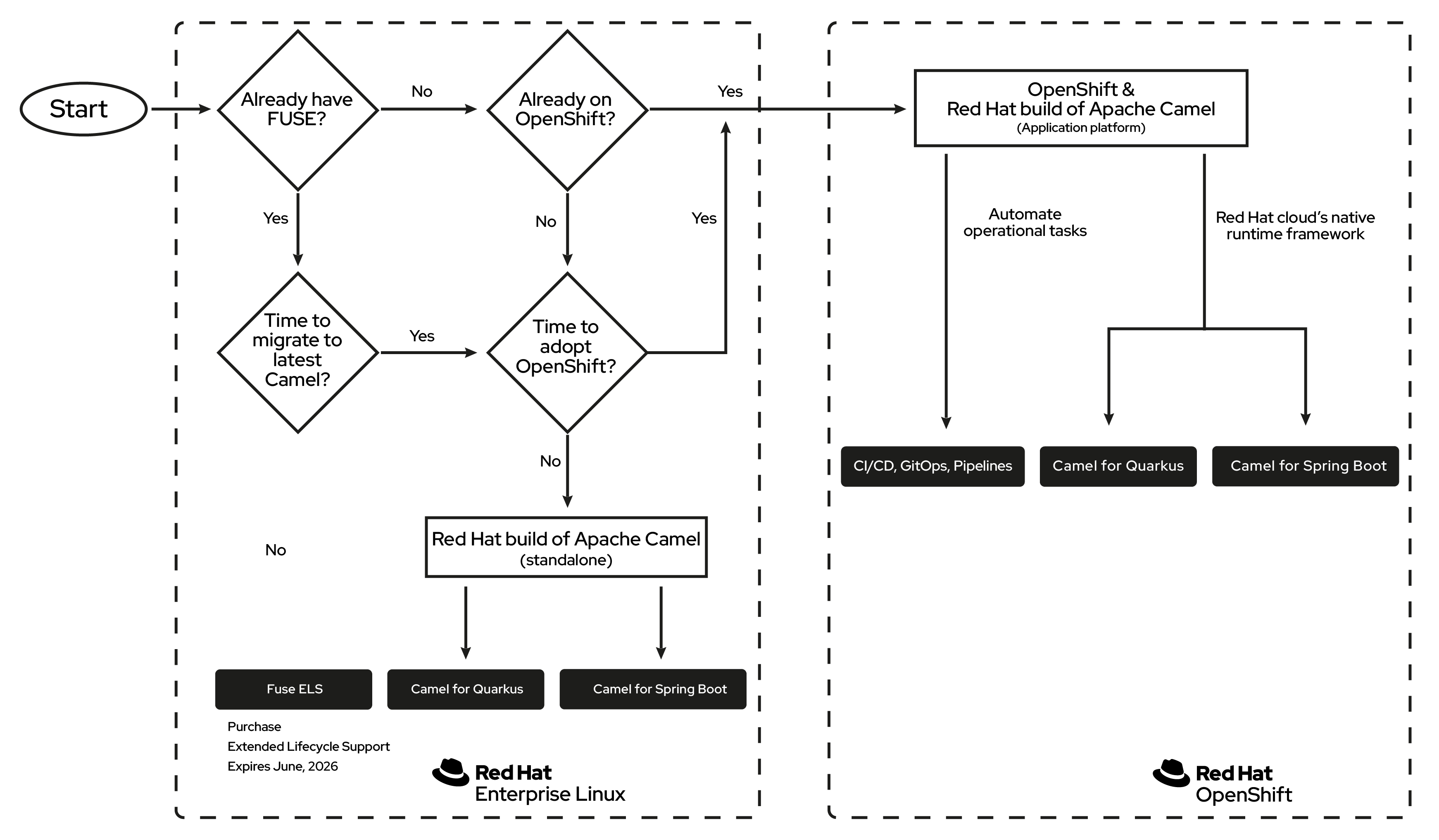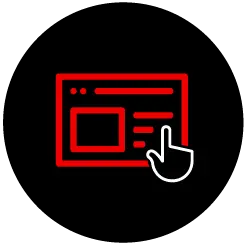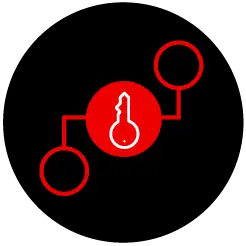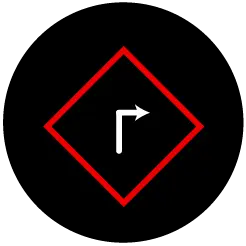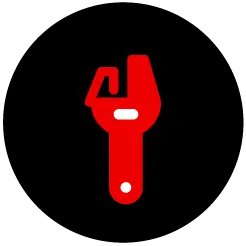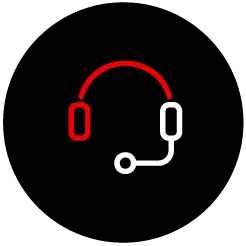Migration from Red Hat Fuse to the Red Hat build of Apache Camel
Red Hat Fuse is a distributed, cloud-native integration solution that has the flexibility to service diverse users - including integration experts, application developers, and business users - each with their own choice of deployment, architecture, and tooling. The result is an integration solution that supports collaboration across the enterprise.
Red Hat Fuse 7.x will go End-of-life (EOL) on June 30, 2024. We recommend users migrate to the Red Hat build of Apache Camel. For an additional cost, Fuse users may purchase Extended lifecycle support. Learn more about the Red Hat build of Apache Camel on developers.redhat.com.
Migrating from Fuse 7 to the Red Hat build of Apache Camel
Red Hat Fuse 7 will move out of the Maintenance Support phase on June 30, 2024. Customers who are running applications on Fuse 7 are recommended to migrate to the Red Hat build of Apache Camel, which is part of Red Hat Application Foundations. This migration involves moving from a traditional Apache Karaf (OSGi) or JBoss EAP centralized server architecture to a Quarkus or Spring Boot microservices architecture. These microservices architectures are a great fit for the emergence of container environments, which have revolutionized how applications are built, deployed, and managed.
Red Hat’s Kubernetes-based platform, Red Hat OpenShift, is the platform of choice when planning for many integrations with new microservices and distributed architectures running on containers. In the process outlined below, you can plan a migration to the Red Hat build of Apache Camel.
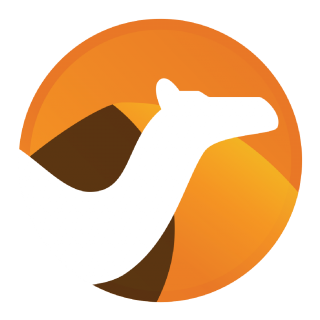
Choose your Camel runtime
Apache Camel is the most popular open source integration framework today. The Red Hat build of Apache Camel targets modern cloud-native and microservices-based application runtimes such as Spring Boot and Quarkus, which are perfect for developers planning a large number of services on Kubernetes. Camel-based integrations on all-in-one application server architectures like OSGi (Karaf) or Java Enterprise Edition (JBoss EAP) are no longer supported. To assist you in your choice of runtimes as well as running your integration on Openshift, we suggest a 3-series article Choose the best Camel for your integration ride.
Camel and Spring Boot form a very popular combo for developers planning for a large number of services deployed on Kubernetes. The movement to microservices and distributed architectures has influenced integration teams to increasingly adopt smaller and more developer-friendly runtimes.
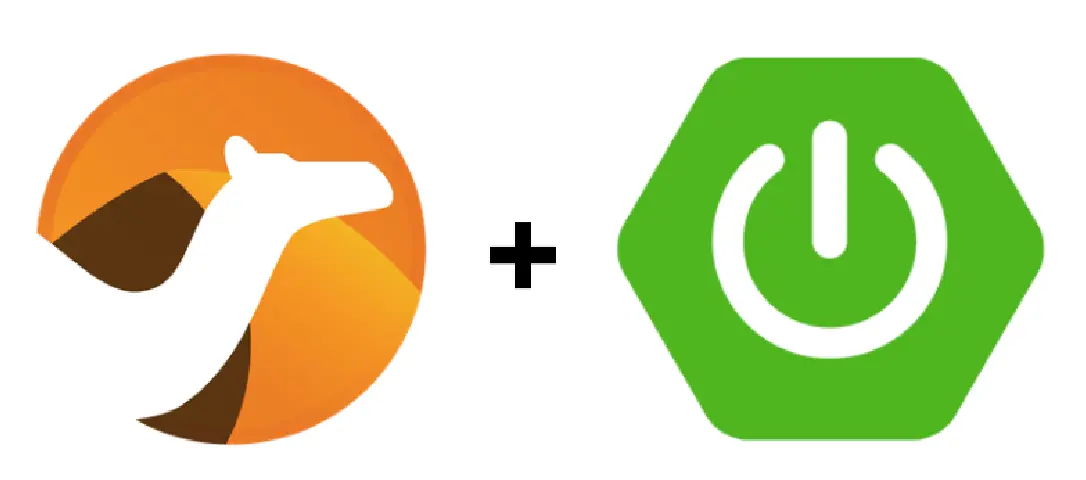
Quarkus is a Java framework tailored for deployment on Kubernetes. Camel on Quarkus is the latest Camel runtime generation. It allows you to run integration processes with super low memory usage, fast startup, and outstanding performance. Quarkus plays a crucial role in ensuring Java's continued relevance and saves organizations from investing effort to seek alternatives to Java. Quarkus also protects an organization’s investment in their Java codebase and preserves continuity.
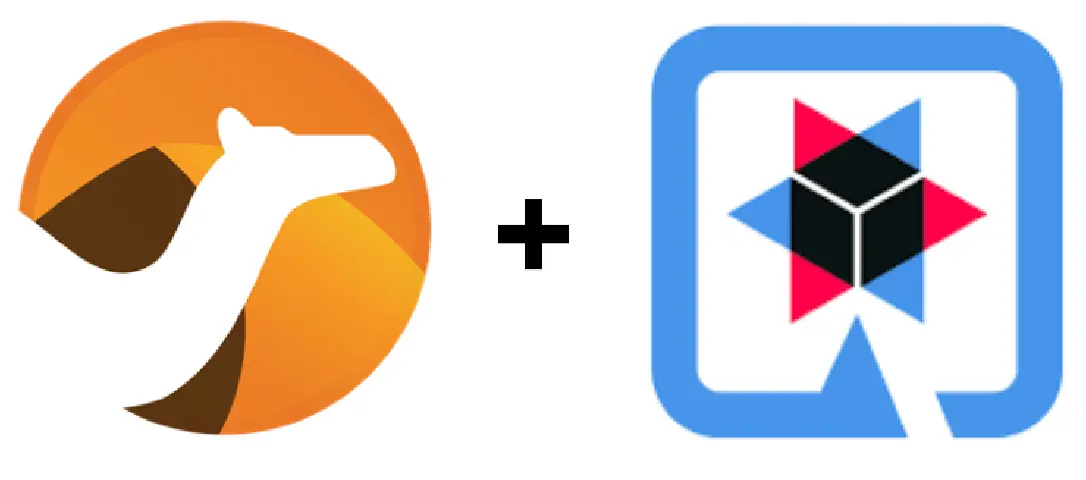
Your path from Red Hat Fuse to the Red Hat build of Apache Camel
The diagram below guides you from Red Hat Fuse to the Red Hat build of Apache Camel. For Red Hat Fuse users choosing to migrate, there are two distinct paths. The first path is to migrate to the Red Hat build of Apache Camel (Camel 4 in this case), but not adopt Red Hat OpenShift. This path supports a standalone mode on VMs or bare metal using Camel for Quarkus and Camel for Spring Boot runtimes. The second path is to migrate to the Red Hat build of Apache Camel along with the adoption of Red Hat Openshift. This path supports a container-based application platform using Camel for Quarkus and Camel for Spring Boot runtimes. The Camel K Operator automates operational tasks on this platform. Users may also choose to stay on Red Hat Fuse by purchasing Extended Lifecycle Support that expires in June, 2026.
